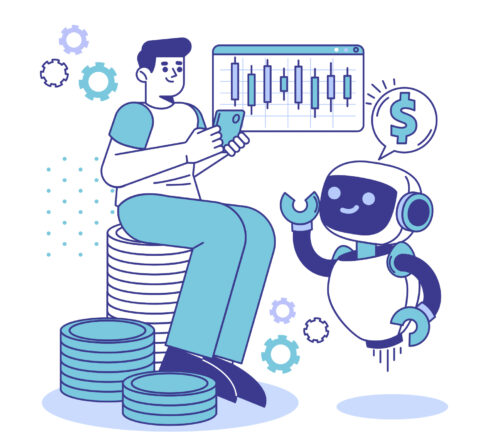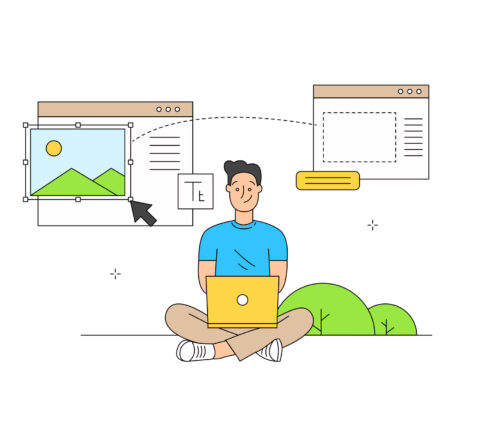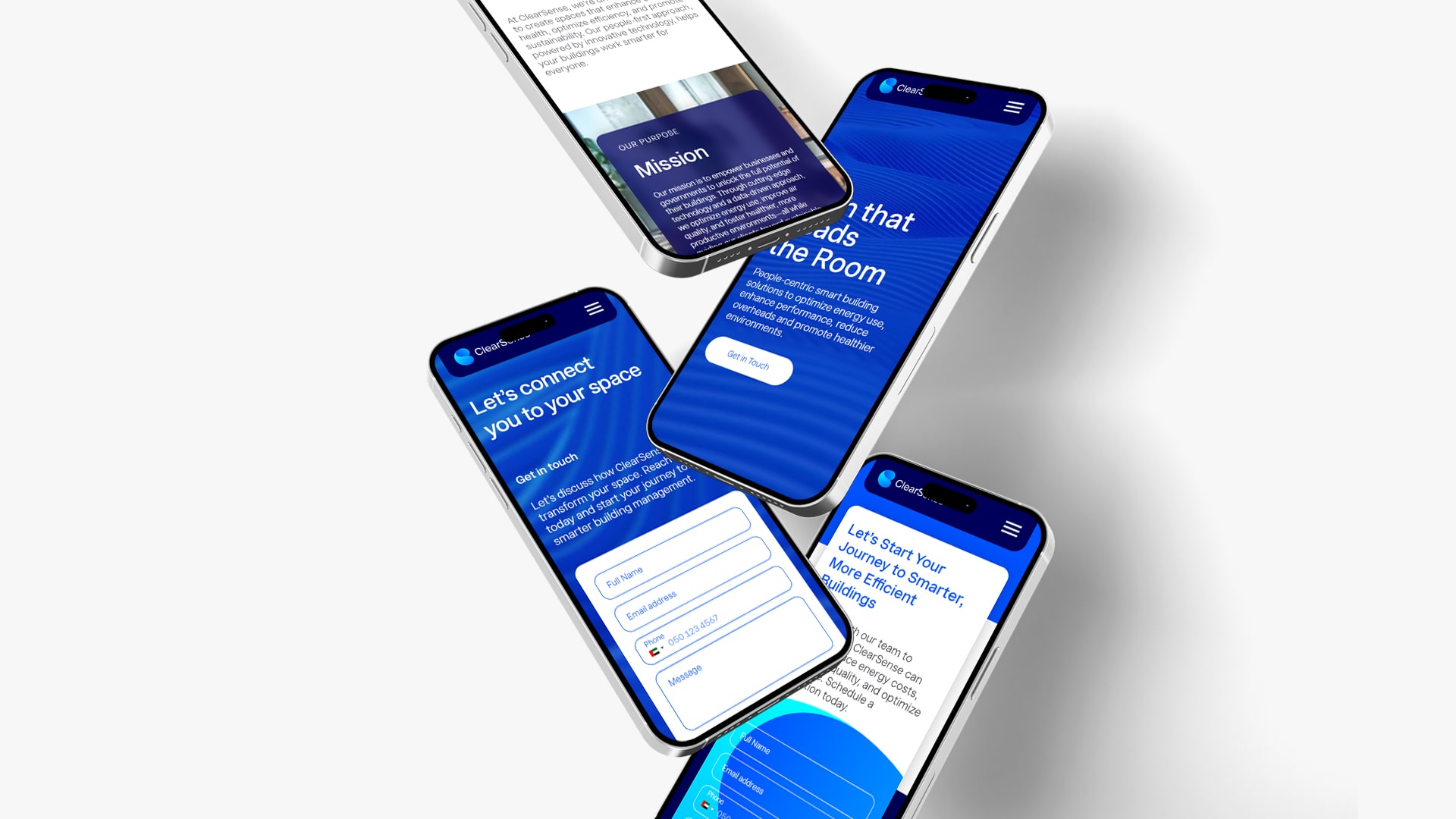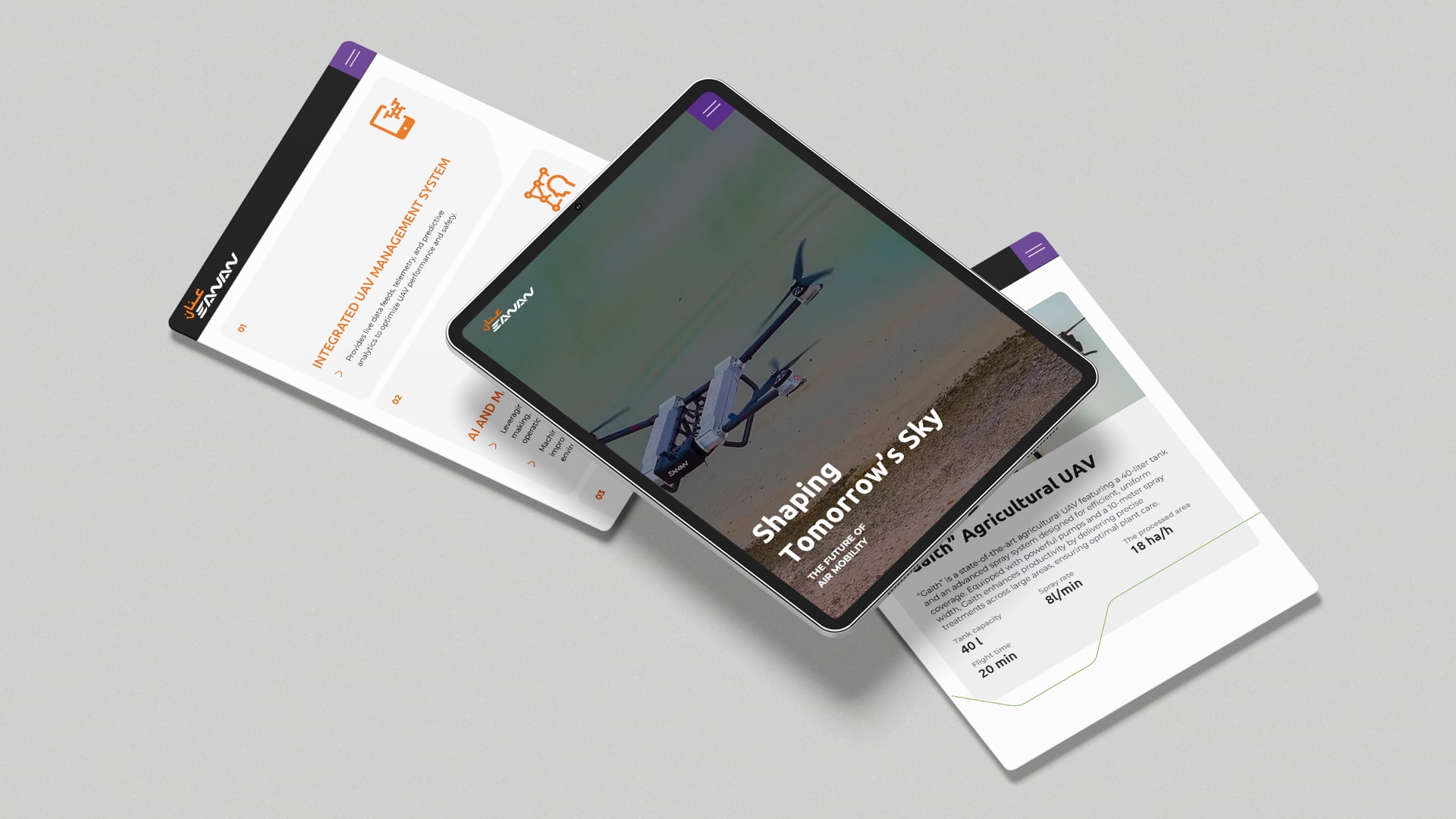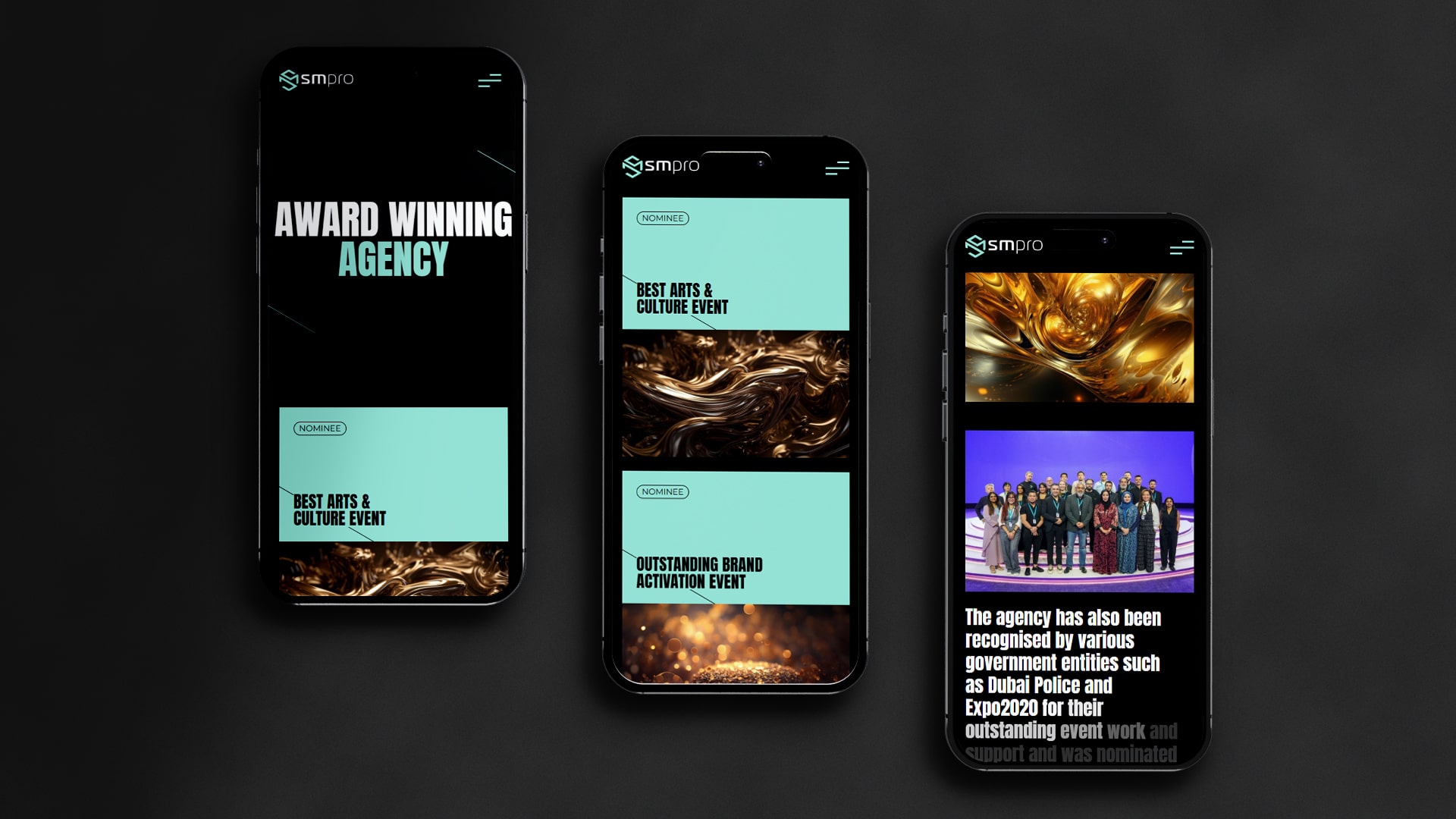One of the best ways to test ideas and improve performance overall for digital channels is to do some split testing (also called A/B testing). Teams can experiment with data-informed experiments to see what works, rather than guessing.
The best part of split testing is that it clarifies things. You can test and optimize every part of your website, from the overall landing page layout to the specific wording of the ad copy. These types of tests help us learn things about split testing that we can use to plan better.
We have learned five key things from analyzing split testing data, which we share in this blog. The A/B testing data we examined also supports testing and how small tests can lead to considerable changes.

Why Is Split Testing Important?
By using split testing, businesses can stop making guesses and position themselves based on users’ actions. By exposing different groups of people to two or more alternative “splits,” companies can get very accurate results in their testing.
Some of the major benefits of split testing include:
- Better decision-making: It ensures that strategies will work before rolling out across channels.
- Less Risk: Keeps you from wasting time and money on ideas that haven’t been tested.
- Improved conversions: This is directly tied to testing to improve conversion rates, which leads to more sales or sign-ups.
- Tactile Insights: To give you measurable split testing insights to help you long-term.
This entire framework is also organized so that companies align with what users want, and have trustworthy data to improve their online presence.
Lesson 1: Small Changes Can Lead to Big Differences
One of the most surprising outcomes to happen from A/B testing is that small changes can have a major impact on how people behave. The color of a button, altering a headline, or even just changing the language of the call to action—the smallest detail can have a significant effect on conversion rates.
There are some main takeaways we can take from these A/B results:
- The design changes matter: Design elements, like font size, button location, or image choice, can have a huge difference in engagement.
- Microcopy Matters: Changing a few words can increase clicks or sign-ups, which only shows how powerful language can be.
- Pay attention to the details: The A/B testing results illustrate that even the smallest change can have the biggest impact on ROI.
The lesson is that you should never ignore small tests because even small changes can reveal useful split testing information.
Lesson 2: Data Is Better Than Guesses
Split testing shows over and over that what teams think will happen with users doesn’t always happen. Plans that seemed like sure winners have failed, while plans that were unexpected have worked better.
Important things to remember when using A/B testing best practices:
- Assumptions Mislead: What people think or feel inside often doesn’t match what they do in real life.
- Data Builds Trust: Stakeholders are more inclined to have faith in decisions that are grounded in data and that can be validated based on measurable outcomes.
- Data Comes First: It is better to rely on trustworthy split testing data to enhance messages, design, and user flows, rather than guess based on feelings.
Lastly, the clear takeaway is to make your decisions based on facts, and not guesses. Testing removes biases and ensures that decisions are based on performance and not personal preferences.
Lesson 3: Different Groups of People Behave Differently
One key finding from split testing has shown us that not all users behave the same. What works for one group may not work for another at all. This means that audience segmentation is a critical component of optimisation.
Results of important split tests across different groups of people:
- Different Demographics: Younger users might respond better to bold designs that have lots of pictures, while older users may respond better to clear and simple designs.
- Different Devices: Something that works on a desktop might not work the same way on a mobile device. This shows how important it is to test on multiple devices.
- Regional Preferences: Cultural differences can affect how people engage with global campaigns, so global split test results are a useful tool for international strategies.
A/B testing learnings are clear: you can only learn from A/B testing when you test different groups of people, not just one.
Lesson 4: Not Every Test Is a Winner, But Every Test Teaches
Another lesson is that not every test will result in a winning version. Some variations don’t work as well as expected, but that doesn’t mean the test was a failure. Every result provides new information about what to do next.
Key points to take away from the experience of failing an A/B test:
- Failures Clarify: Failure to execute effectively reduces your options for trying options that might work.
- Iteration Is Required: Testing as a discipline is ongoing, and your result should inform the next round of testing.
- Value Beyond Wins: Even poor split test results help inform patterns of user behavior that will inform your long-term strategy.
Split testing isn’t just about finding quick wins; it’s also about building a culture of learning and making decisions based on facts.
Lesson 5: Continuous Testing Allows You to Evolve Over Time
You can’t just conduct a split test one time; you have to constantly test for long-term effects. Companies that offer to keep testing evolve the fastest, stay current with customer needs, and always improve their work.
Here are some important reasons why you need to test continuously:
- Markets continue to change: Tests need to keep up with new trends and tastes because behavior changes over time.
- SEO Split Testing: Changing meta titles, meta descriptions, and layouts regularly will improve rankings and maintain user interest.
- Digital Products: Do teams run a/b testing for a digital product? By doing this, you’ll get continuous data to help you add features and make changes over time.
The point of this A/B test is that continuous optimization builds on its past work and maximizes ROI over time.
Helpful Tips on Better Split Testing
It is a good idea to run tests, but utilizing tested frameworks will help ensure your test results are credible and informative. By following the best practices for A/B testing, businesses can get the most out of their tests.
Here are some important things to do:
- Test One Variable at a Time: When too many things are changed, it’s impossible to figure out what caused the results.
- Don’t stop tests too soon: Wait until you have enough data to show which version is better.
- Document Split Testing Insights: Keep track of what happens so you can build a library of lessons for future campaigns.
- Try out new channels: Platforms like YouTube A/B testing are growing, giving you more options than just websites and ads.
Discipline, patience, and tracking every result are important elements to good conversion rate optimization testing.
Use in Local and Global Contexts
Split testing is a methodology that anyone can use, but the context in which it is used is dependent on the size of the market. Both global brands and local businesses can apply it to improve their marketing performance, but the focal point of the split test may be different.
The nuances for split testing and important usage are:
- Global View: Companies that market and sell in multiple and/or global regions utilise and leverage the split test results on a global scale to refine their messaging across multiple languages, cultures, and spaces.
- Local Adaptation: Local small to medium-sized businesses are more likely to test offers, copy, and layouts to their local space.
- Expert Help: Consult with a digital marketing agency in UAE. Will think about cultural differences, language differences, and market trends with each test.
The end goals, whether through global or local use, are to ultimately reduce and/or eliminate guessing and to leverage & use data and testing to make decisions.
The End
Businesses that want to grow have found that split testing is one of the best tools. The five main lessons show that small changes can make a big difference, data is always better than guesses, different audience segments act differently, failed tests can still be useful, and testing all the time leads to long-term gains.
The advantages of split testing go beyond short-term gains; they create an environment where people are willing to try new things and learn from their mistakes. Businesses can find information that helps them make short-term changes and long-term success by using A/B testing best practices.
The message is clear: don’t trust what you think; trust what you see. You learn more and grow more the more you test.
Related Post
Publications, Insights & News from GTECH



